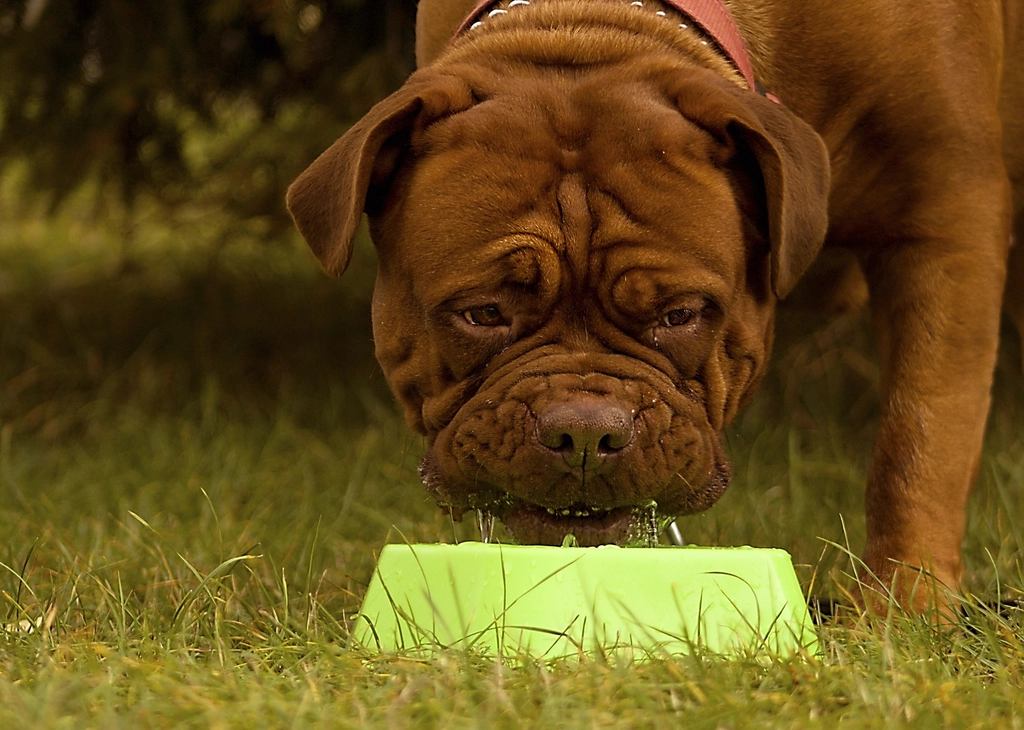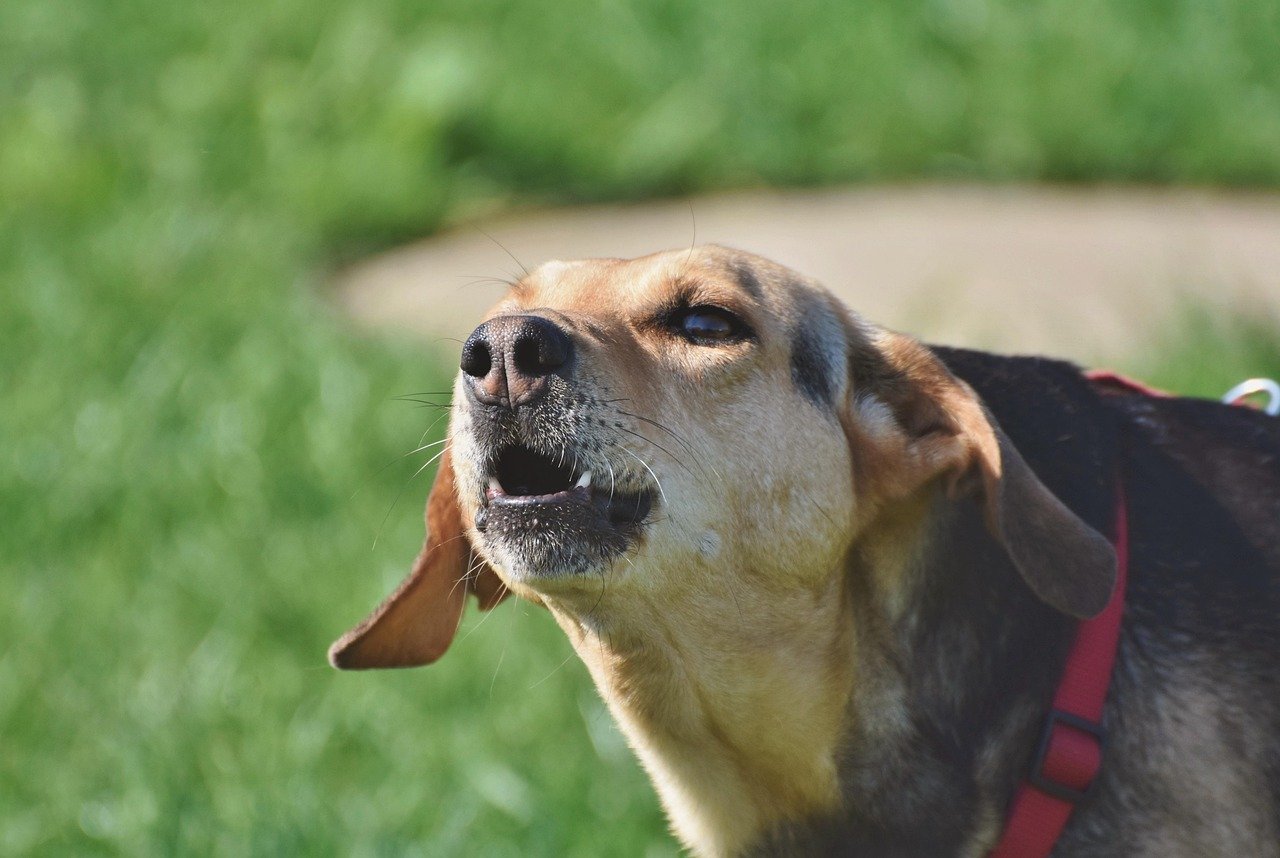Anxiety in dogs is a silent whisper, often going unnoticed by even the most attentive pet owners. Many of us think of our furry friends as bundles of joy and energy, but beneath their wagging tails and playful barks, some may be battling inner turmoil. Anxiety in dogs is more common than we think, and recognizing the subtle signs can help us provide the comfort and care they need. So, how do you know if your dog is silently struggling? Let’s dive into these unnoticeable signs of anxiety in our canine companions.
Excessive Licking or Chewing
One of the first signs that may slip under the radar is excessive licking or chewing. While it’s normal for dogs to groom themselves, when it becomes obsessive, it could be a red flag. A dog might lick its paws or chew on objects relentlessly as a way to cope with stress. This behavior can lead to sore spots or even infections. Imagine biting your nails when you’re nervous; dogs do something similar. If you notice your dog constantly licking the same spot, it might be worth a closer look.
Frequent Yawning or Panting
Yawning isn’t just a sign of tiredness in dogs; it can also indicate stress or anxiety. If your dog is yawning frequently, especially in situations that don’t involve sleep, it might be feeling anxious. Similarly, panting without any physical exertion or heat can be another subtle sign. Consider it a dog’s way of taking deep breaths to calm themselves down. It’s important to observe the context in which these behaviors occur to determine if they’re linked to anxiety.
Changes in Appetite

A sudden change in appetite can be a significant indicator of anxiety in dogs. Just like humans, dogs might lose their appetite when they’re stressed or anxious. On the flip side, some dogs might start eating more as a comfort mechanism. If your dog suddenly turns away from its favorite meal or starts begging for more food, it could be a sign that something is amiss. Keep an eye on their eating habits and consult a vet if the changes persist.
Restlessness or Pacing

Restlessness is another sign that often goes unnoticed. A dog that can’t seem to settle down, constantly pacing back and forth, might be experiencing anxiety. This behavior can be compared to a person fidgeting when they’re nervous. If your dog seems unable to relax, especially in familiar environments, it could be a sign of underlying stress. Providing a calm and safe space for your dog can help alleviate some of this anxiety.
Excessive Barking or Whining

While barking is a natural form of communication for dogs, excessive barking or whining can be a sign of anxiety. If your dog is barking more than usual or whining without any apparent reason, it might be trying to express its discomfort. Think of it as a cry for help, a way for your dog to tell you that something is wrong. Pay attention to the triggers of this behavior to better understand the cause of their anxiety.
Destructive Behavior
Destructive behavior is often a cry for help from an anxious dog. Chewing furniture, digging holes, or tearing up household items can be a way for dogs to release pent-up stress. It’s similar to how some people might punch a pillow when they’re upset. While this behavior can be frustrating, it’s crucial to address the root cause rather than just the symptoms. Providing mental and physical stimulation can help reduce destructive tendencies.
Hiding or Avoidance
Dogs that are feeling anxious may seek solitude by hiding or avoiding interaction. If your usually social dog starts retreating to quiet corners or avoiding family members, it could be a sign of anxiety. This behavior is akin to a person wanting alone time when they’re overwhelmed. Creating a safe and comforting environment can help your dog feel secure and reduce its need to hide.
Changes in Sleeping Patterns

Anxiety can disrupt a dog’s sleep, leading to changes in its sleeping patterns. Dogs might have trouble falling asleep or might wake up frequently during the night. They might also sleep more during the day as a way to escape their anxious feelings. Monitoring your dog’s sleep and consulting a vet if you notice significant changes can help address this issue. A well-rested dog is often a happier, less anxious dog.
Increased Aggression
Increased aggression can be a surprising sign of anxiety in dogs. A dog that suddenly becomes aggressive towards other animals or people might be reacting out of fear or stress. It’s like a person lashing out when they’re on edge. Understanding the triggers for this behavior and working with a professional trainer or behaviorist can help manage and reduce aggression in anxious dogs.
Conclusion
Recognizing the subtle signs of anxiety in dogs is crucial for their well-being. By paying attention to these unnoticeable signs, dog owners can provide the necessary support and care to help their furry friends lead happier, stress-free lives. Remember, your dog relies on you for comfort and security. By being attentive and proactive, you can make a significant difference in their emotional health. What signs have you noticed in your dog?

Born and bred in South Africa, a Capetonian at heart. Amy-Leigh’s love for nature and animals was inherited from her Dad. He loves taking the family on road trips to experience nature at its finest; Amy-Leigh’s favourite being whale watching in Hermanus and spotting Kudu along the West Coast. Amy-Leigh holds a BA in English Literature and Communication Studies.





